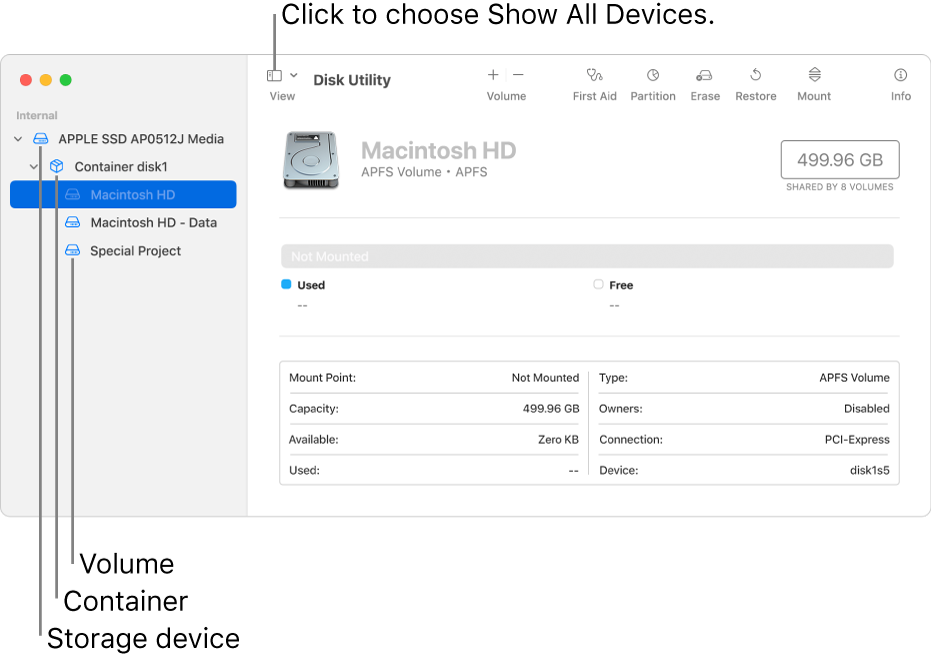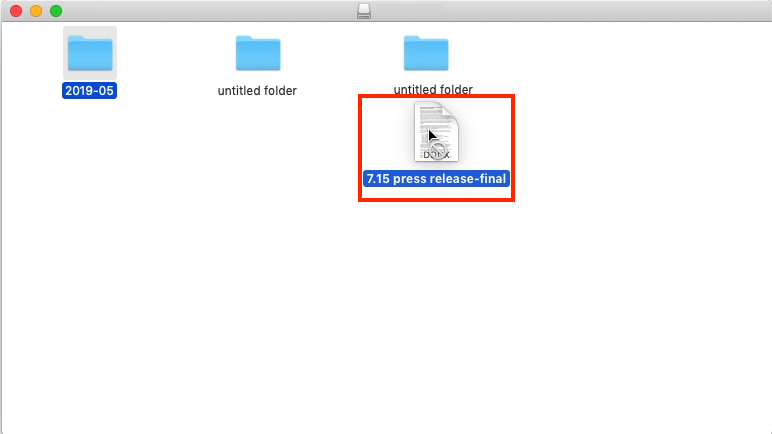

- What hard drive format for mac and windows files how to#
- What hard drive format for mac and windows files install#
- What hard drive format for mac and windows files software#
To format the drive in Windows, right-click it in the File Explorer window and select “Format.” Choose the. Rather than use a Mac-formatted drive, you should get the important files off of it and use exFAT-formatted drives for moving data between Macs and PCs. Then your hard drive is able to donated, resold, lent, or abandoned. It will securely format the hard drive and permanently erase the data. AweEraser is the outstanding one among the 5 disk formatting tools. The top 5 disk formatting tools for Windows and Mac can help you securely format hard drive or external device under Windows/Mac OS.
What hard drive format for mac and windows files software#
While you can read files from these drives just fine, if you need to write to a PC-formatted hard drive, you'll need some third-party software to get the job done. This is due to the fact that NTFS, the file system utilized by Windows PCs, has limited support on Mac.

But writing to that drive? Well, that's a little more complicated. Just plug in the drive, then access the files you need to use.
What hard drive format for mac and windows files install#
Alternatively, you can install a program like Microsoft’s NTFS software from Paragon (paid app) or the open source Tuxera (free) on your Mac to enable the NTFS read / write support, but, even with third-party options, some features, including Time Machine, will not work properly with an NTFS file system.Reading PC-formatted hard drives using your Mac is easy enough.
What hard drive format for mac and windows files how to#
Here’s how to partition a hard drive for use on Windows and Mac. You can check our Windows section for more information on this process. If you are concerned about the reliability factor of the exFAT file system, or the lack of it, there is a way to format the secondary Windows partition to NTFS, but it requires connecting the hard drive to a Windows computer. Note that you will see icons on the desktop for both units. Click the Partition button in an additional pop-up window to complete the process. Enter a volume name, select the exFAT format, and click the Apply button. A second part appears, cutting the pie chart in half. On the next screen, click the little plus ( + ) button below the blue pie chart to add a second partition.

Select the drive again in Disk Utility and click Partition. After completing this procedure, your disk should have only one partition. Click the Delete button to make these changes.

In the next pop-up window, select a profile, in this case MacOS Extended (Journaled) for Format, and GUID Partition Map for Scheme or Partition Type. Click Delete, located on the top toolbar of the application. With Disk Utility open, in the Location option, your drive appears in External on the left. Double-click the Disk Utility icon in the next window. With Finder highlighted, click Go in the menu bar followed by Utilities in the drop-down menu. If the error does not appear, start with step 1. Like Windows 10, you may see an “initialization” error because the drive’s file system is not “readable.” Click the Initialize button in the small pop-up screen to create the first compatible partition, and then start at step 5. If you already have a Mac compatible partition, continue from step 5. Partitioning an external disk in MacOS is not that annoying, initially, we will assume that it does not have partitions, so we will need to create two.


 0 kommentar(er)
0 kommentar(er)
